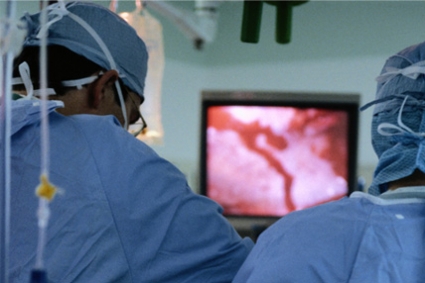INESC Porto at the forefront of renal transplantations
In April INESC Porto began project KEP to look for new models to enhance the kidney transplantation process. The aim of this project is to research and develop new methods to facilitate and improve the decisions associated with kidney transplants that involve live donors.
05th May 2011
KEP is an important public health planning and management project as it will develop an advanced optimisation system to resolve the problem of pairing live kidney donors with patients that match their blood type.
The Paired Kidney Exchange (PKE) is now possible in Portugal thanks to the National Kidney Pairing Donor Programme. The transplant takes place between two patients and two kidney donors. Patients with kidney failure who find a willing donor whose blood type is not compatible would need to undergo treatment before they can receive a kidney. However, if a donor and recipient can be found who have the opposite blood type incompatibility, kidneys can be exchanged between the two pairs and two compatible live donor transplants are possible. Therefore, a solution must be developed to calculate the maximum possible number of patients that can receive a transplant from a certain number of donor pairs. This must take into account the restrictions with regards to compatibility.
The project will run for 36 months and will be led by Ana Viana from the Manufacturing Systems Engineering Unit (UESP) at INESC Port. João Pedro Pedroso, from UESP will also take part along with Abdur Rais, Gerardo Oliveira (from the S. João Hospital), Filipe Alvelos (from the University of Minho), Miguel Constantino (from the University of Lisbon) and the Portuguese Blood Establishment and Transplant Authority (Autoridade para os Serviços de Sangue e Transplantação).
Source: BIP 115


